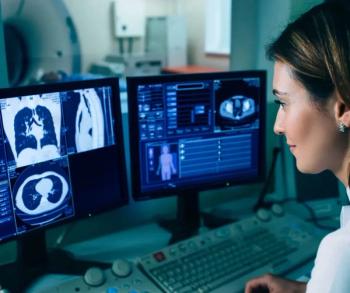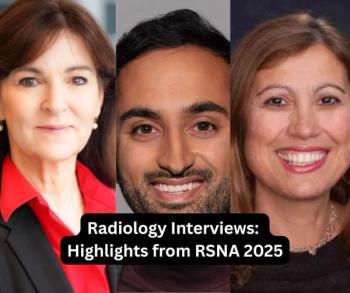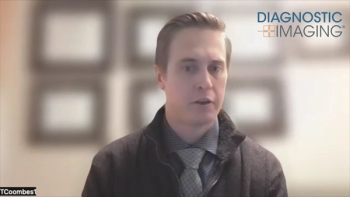
AI Facilitates Nearly 83 Percent Improvement in Turnaround Time for Fracture X-Rays
In addition to offering a 98.5 percent sensitivity rate in diagnosing fractures on X-ray, an emerging artificial intelligence (AI) software reportedly helped reduce mean turnaround time on X-ray fracture diagnosis from 48 hours to 8.3 hours, according to new research presented at the Radiological Society of North America (RSNA) conference.
Adding artificial intelligence (AI) software to radiology workflows for X-ray fracture detection may lead to a sixfold reduction in turnaround time from image acquisition to the final radiology report, according to findings from a recent multicenter study.
For the retrospective study, which was presented at the
In a six-month comparison of 159,601 X-ray exams performed without AI in 2022 to 170,703 X-ray exams performed with AI in 2023, the study authors found that adjunctive AI led to an 8.3-hour turnaround time for final radiology report results in comparison to a 48-hour turnaround time without the use of AI.
“A patient diagnosed with a fracture receives results 6 times faster with the AI,” noted Sean D. Raj, M.D., the lead author of the study and chief innovation officer at SimonMed Imaging.
(Editor’s note: For related content, see “
In addition to facilitating a greater than 40-hour difference in turnaround times for high-priority fracture X-rays (7.2 hours vs. 47.7 hours), the AI software demonstrated a 98.5 percent sensitivity rate, an 88.2 percent specificity rate and a 98.8 percent negative predictive value (NPV) for fracture detection, according to the study authors.
Specifically, for 109 hip fractures, the AI software offered a 97.1 sensitivity rate, an 86.7 percent specificity rate and a 98.5 percent NPV, according to the study. For 82 shoulder fractures, the researchers noted 100 percent sensitivity and NPV rates as well as 79.2 percent specificity rate.
Reference
1. Raj SD, Sadegi B, Simon J. Radiologist worklist reprioritization utilizing artificial intelligence: measuring turnaround time for fracture detection on MSK X-rays sourced from a nationwide outpatient imaging practice. Presented at the RSNA 2023 109th Scientific Assembly and Annual Meeting Nov. 26-30, 2023. Available at
Newsletter
Stay at the forefront of radiology with the Diagnostic Imaging newsletter, delivering the latest news, clinical insights, and imaging advancements for today’s radiologists.




























